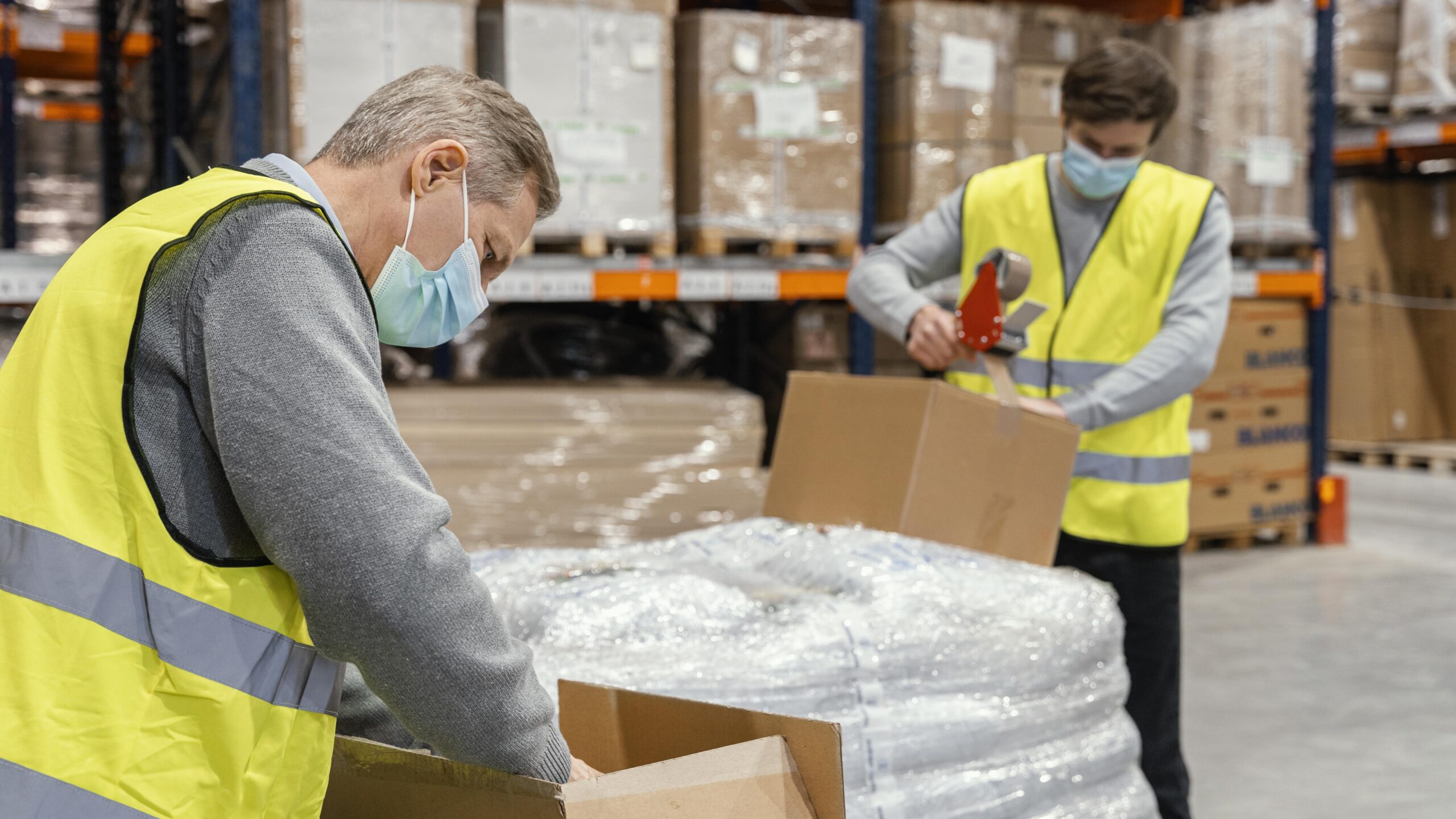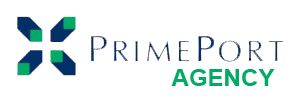Monday to Saturday - 8:00 -18:00

7 Strategies to Ensure Safe and Secure Delivery of Your Goods
Introduction: When it comes to transporting goods, ensuring their safety and security throughout the journey is of paramount importance. This article aims to provide customers with seven effective strategies to safeguard their shipments and ensure their safe and secure delivery. By implementing these strategies, customers can have peace of mind and minimize the risks associated with transportation.
- Proper Packaging:
- Adequate packaging is crucial to protect your goods during transportation. Use suitable packaging materials such as sturdy boxes, bubble wrap, and cushioning materials to prevent damage caused by handling, vibrations, or impacts. Consider the fragility and nature of your goods to determine the appropriate packaging requirements.
- Choose the Right Transportation Mode:
- Selecting the appropriate transportation mode is essential for the safe delivery of your goods. Consider factors such as the type of goods, distance, and delivery timeline when choosing between road, rail, air, or maritime transportation. Each mode has its advantages and considerations regarding safety, security, and handling capabilities.
- Collaborate with a Trusted Logistics Partner:
- Partnering with a reputable logistics and transport company is a key strategy for ensuring the safety and security of your goods. Research and choose a company with a proven track record, extensive experience, and a commitment to maintaining high standards of security and customer satisfaction. Verify their certifications, licenses, and adherence to industry regulations.
- Insurance Coverage:
- Protect your goods by obtaining appropriate insurance coverage. Even with robust safety measures, unforeseen circumstances can occur during transportation. Insurance provides financial security against potential loss, damage, theft, or accidents. Consult with your logistics partner or an insurance professional to determine the most suitable insurance options for your specific shipment.
- Supply Chain Visibility:
- Seek a logistics partner that offers supply chain visibility solutions. Real-time tracking systems and online portals provide you with visibility into the status and location of your goods throughout the transportation process. This enables proactive monitoring, timely updates, and the ability to address any issues promptly.
- Compliance with Security Standards:
- Ensure that your logistics partner follows strict security standards and practices. Look for certifications such as ISO 9001 (Quality Management), ISO 28000 (Supply Chain Security), and TAPA (Transported Asset Protection Association) to ensure that security measures are in place. This includes secure storage facilities, tamper-evident seals, access controls, and trained personnel.
- Communication and Documentation:
- Effective communication with your logistics partner is essential. Clearly communicate your requirements, special handling instructions, and any security concerns. Maintain proper documentation, including shipping labels, waybills, and customs paperwork, to facilitate smooth operations and ensure compliance with legal and regulatory requirements.
Conclusion: Implementing these seven strategies will significantly enhance the safety and security of your goods during transportation. By focusing on proper packaging, choosing the right transportation mode, collaborating with a trusted logistics partner, obtaining insurance coverage, ensuring supply chain visibility, complying with security standards, and maintaining effective communication and documentation, you can minimize risks and safeguard your shipments.

